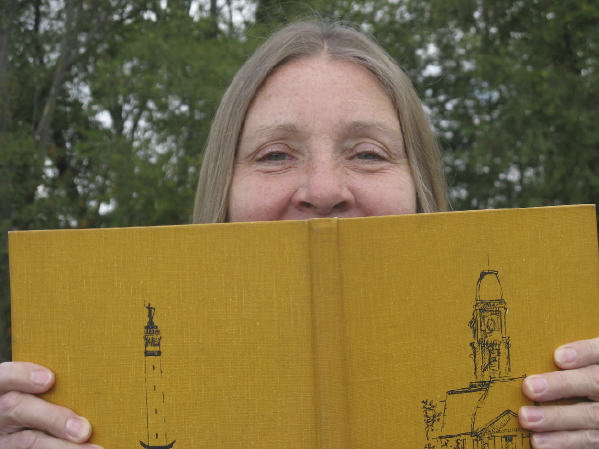Dartown Road, Decoration Day and Day Camp

Time for another reader column!
Remember Dartown Road, one of the “Roads to Nowhere” I wrote about in April?
Mary Reynolds, who works at the Sheridan Historical Society, emailed that Jim Pickett, the former president of the society, said the road between 246th and 256th Streets that appears as “Dartown Road” on local maps was actually called “Dan Robbins’ Road,” after the prosperous African American farmer who lived there.
Apparently, the people responsible for officially naming the road got confused and “Dan Robbins” somehow got twisted into “Dartown.”
According to Robbins’ obituary in the March 8, 1937 Noblesville Daily Ledger, he was born into slavery in North Carolina. He came to Indiana with his parents shortly after the Civil War and the family settled in Westfield.
After his marriage in 1881, Robbins moved to the farm northwest of Bakers Corner on what is now Dartown Road.
That explains the Adams Township Dartown Road, but Westfield’s Dartown Road is still a bit of a mystery. I looked at a couple of old maps and saw nothing that indicated the two roads were ever physically connected.
My cousin, Nancy Lacy, wondered if the hymns that were played for the 1869 Commemoration Day (Decoration/Memorial Day) service in Crownland Cemetery went by other names today.
That appears to be the case, although the Hamilton County Register’s account of the ceremony doesn’t actually assign a name to either hymn; it simply provides the name of the tune and lyrics for each.
The Crownland service opened with a variation of “Pleyel’s Hymn,” a Masonic funeral dirge composed by Ignaz Joseph Pleyel in 1791. The lyrics, which were in common use for such occasions at that time, begin, “Love unchanging for the dead, Lying here in gloried sleep . . . “
Most modern versions of the song seem to be known simply as “Pleyel’s Hymn,” but I did find one called “Children of the Heavenly King.” There may be others.
The closing hymn was sung to the tune of “Old Hundred” — “Blest are the martyred dead who lie in holy graves for Freedom won . . . “
“Old Hundred” is attributed to 16th century composer Louis Bourgeois. The best known version of that hymn today may be “Praise God from Whom All Blessings Flow,” often called the Doxology.
Pam Ferber remembered way more about Girl Scout day camp than I did.
I’d completely forgotten about the two dishcloths laced together with shoe strings that we used for washing dishes. We’d put our mess kits inside the bag to rinse them off, then the bags were hung somewhere to allow the dishes to dry.
Another detail Pam recalled was how each day opened with a flag raising ceremony and closed by the flag being lowered as we sang “Taps.”
She confirmed my memory of two different sites for our day camp.
The earliest location she remembered was the Kaufman farm on 106th Street, west of Allisonville Road. She recalled wading in a creek there and noted that the older scouts had campsites that were more wooded and closer to White River.
Later, our day camp was moved to an old orchard east of Allisonville Road, between 116th and 126th Streets. We camped between the rows of trees.
I got curious about other camp locations so I checked the old newspapers and found that prior to 1960, the Manuka Neighborhood (Noblesville, Fishers and Arcadia) day camp was held in Forest Park. That ended because the park was getting too crowded.
According to my cousin, the Dancing Librarian, the Sheridan Scouts’ day camp was held at yet another site — north of State Road 32, just east of State Road 421. (I actually remember that camp. I taught crafts there one summer while I was in college.)
– Paula Dunn’s From Time to Thyme column appears on Wednesdays in The Times. Contact her at younggardenerfriend@gmail.com
